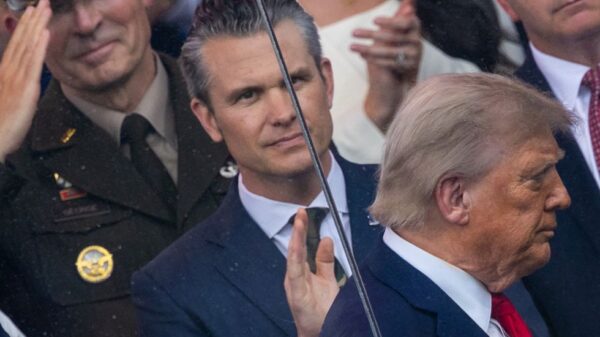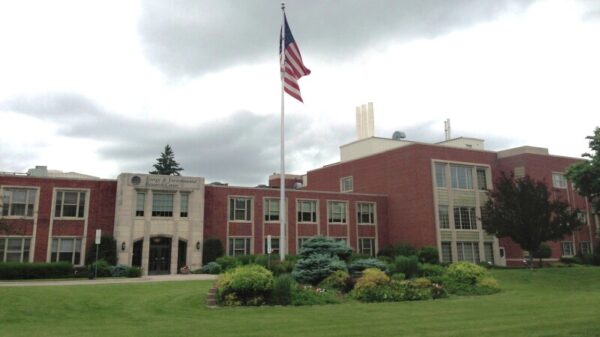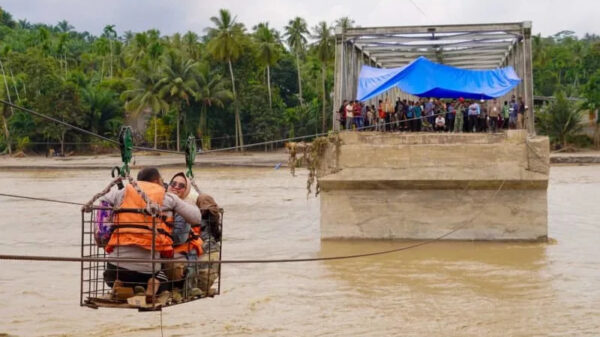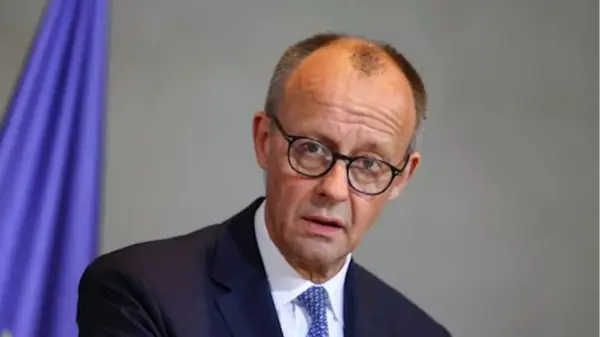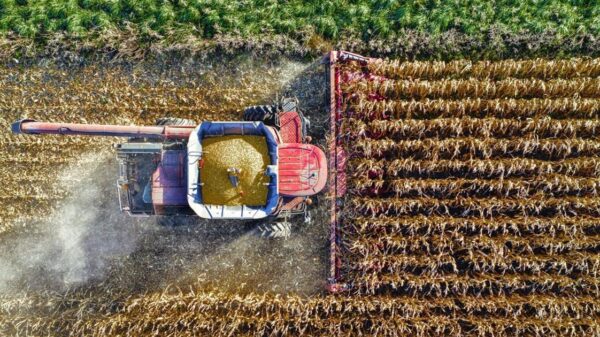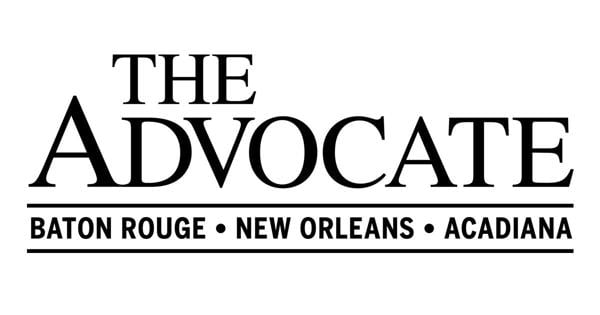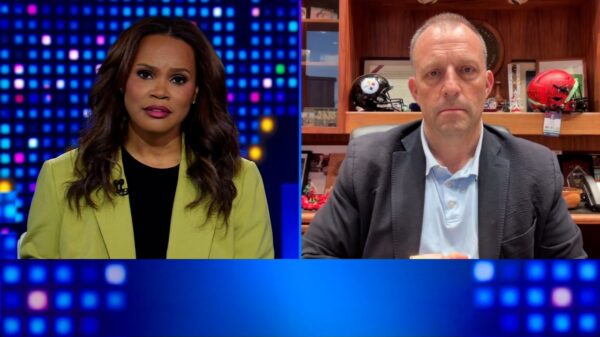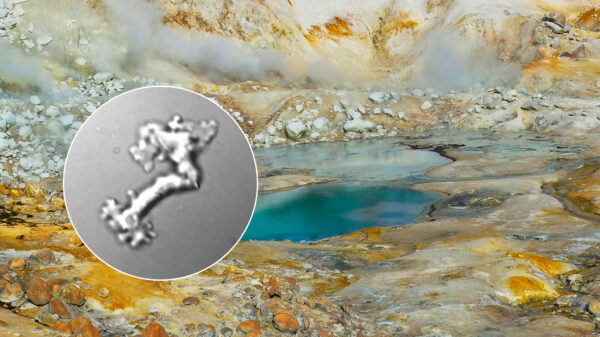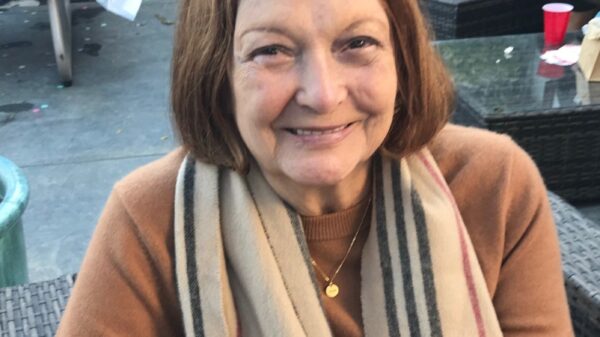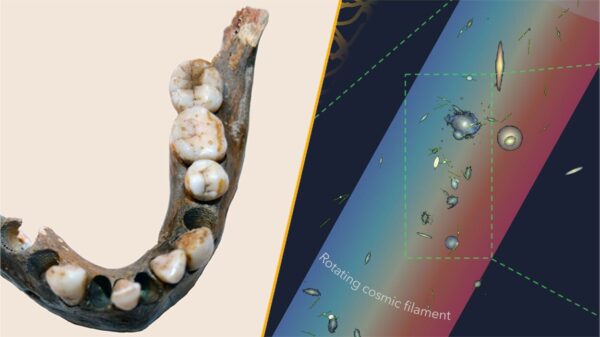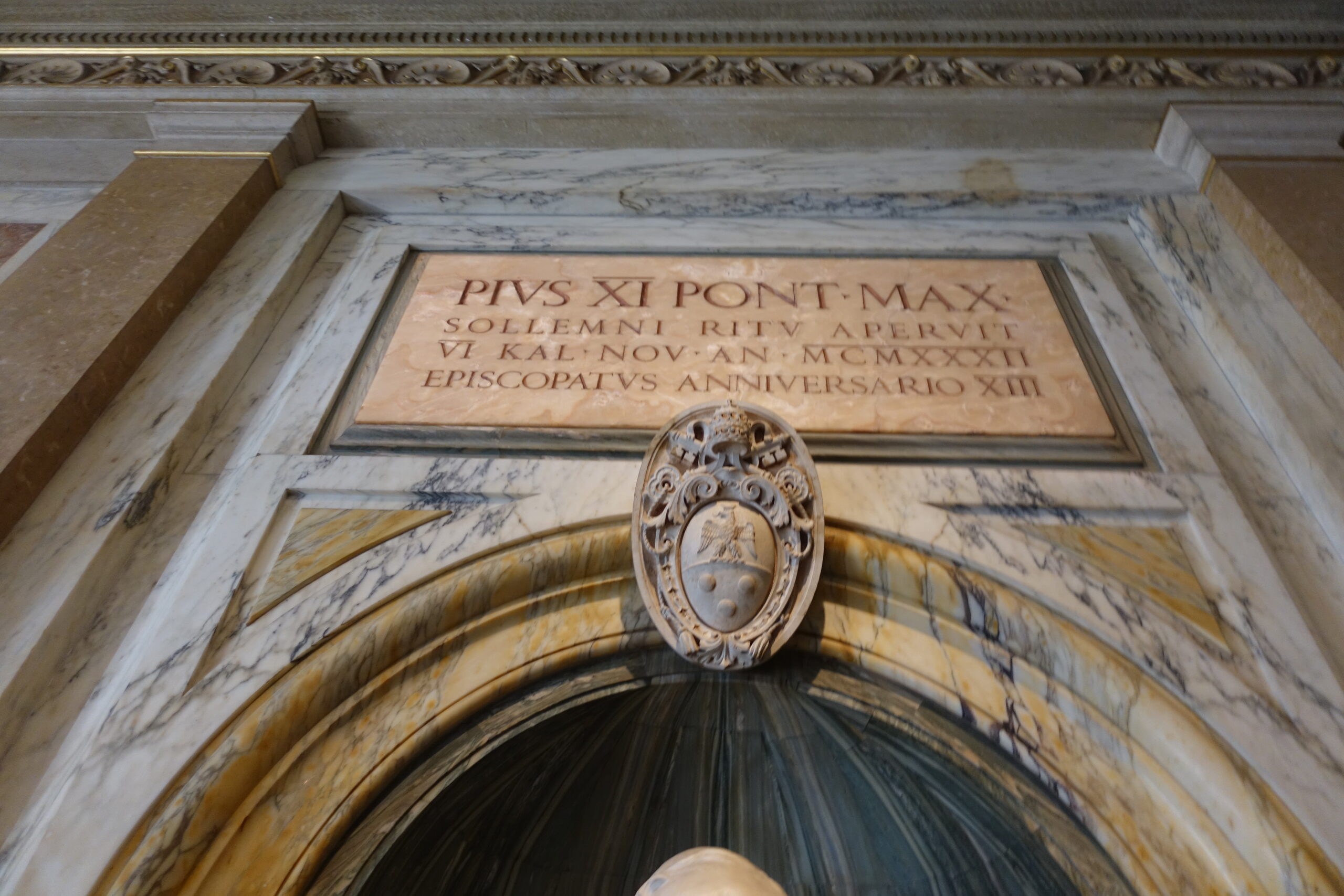The Vatican on Saturday returned 62 Indigenous artifacts to Canada’s Catholic bishops, marking a significant step in ongoing reconciliation efforts. This transfer is described as “a concrete sign of dialogue, respect and fraternity” amid persistent calls from Indigenous nations to reclaim cultural property taken under colonial rule.
In a joint statement, the Holy See confirmed that the artifacts, which had been held in the Vatican Museums for decades, were originally sent to Rome in 1925. Among the items returned are an Inuit kayak, ceremonial masks, footwear, and other significant cultural objects. These items are expected to be reunified with their respective communities, furthering the efforts of Indigenous leaders who emphasize the need for the return of cultural property still housed outside their communities.
Foreign Affairs Minister Anita Anand commended the Vatican’s decision, calling it an “important step” in the reconciliation process. This move is part of broader initiatives taken by the Vatican in recent years to confront its historical role in colonial dispossession.
Historical Context and Recent Actions
During his visit to Canada in 2022, Pope Francis addressed the Church’s involvement in the residential school system, issuing apologies in locations such as Maskwacis, Alberta, and Iqaluit, Nunavut. Furthermore, in 2023, the Vatican acknowledged the “Doctrine of Discovery,” recognizing its historical misuse to justify land seizures and cultural suppression.
Despite these advancements, Indigenous leaders continue to express concerns regarding the vast number of cultural artifacts that remain in museum collections across Europe and North America. Discussions are ongoing about provenance, stewardship, and the best methods for future repatriations, with some advocating for direct negotiations between the Vatican and Indigenous governments.
The Vatican’s Anima Mundi Museum alone houses thousands of Indigenous artifacts collected from various regions of Canada, highlighting the importance of continued dialogue and action in this area. As the conversation around Indigenous rights and cultural heritage evolves, the return of these artifacts serves as a reminder of the complex history that still impacts many communities today.






